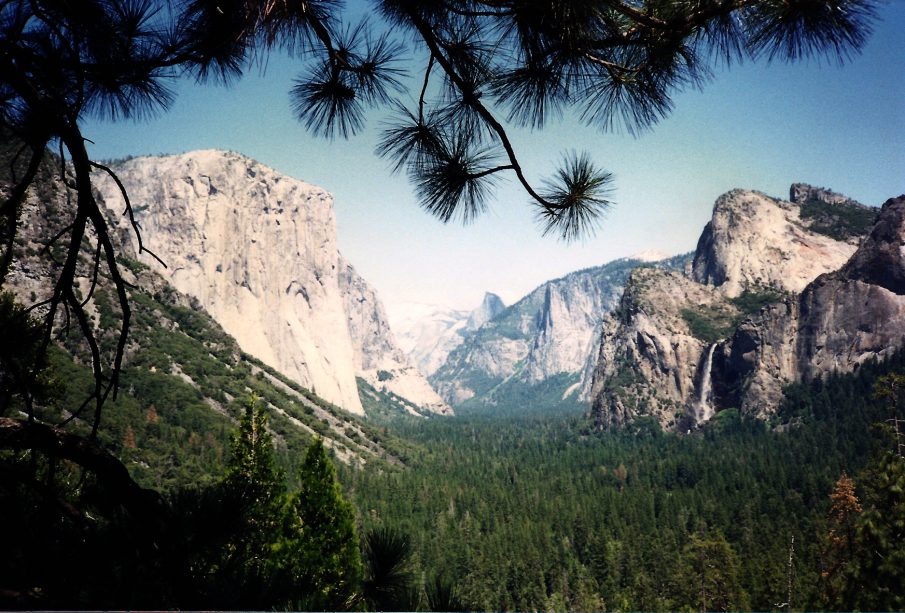Discovering the Wonders of Yosemite National Park

Introduction
Yosemite National Park, located in California’s Sierra Nevada mountains, is one of the United States’ most iconic national parks. Renowned for its stunning natural landscapes, majestic granite cliffs, and diverse ecosystems, Yosemite attracts millions of visitors each year. The park’s significance lies not only in its breathtaking beauty but also in its role as a haven for wildlife and a centre for outdoor recreation. As discussions around conservation and climate change become increasingly urgent, understanding the importance of places like Yosemite is more relevant than ever.
Key Features and Attractions
Yosemite National Park was established in 1890 and has since been a source of inspiration for artists, writers, and nature enthusiasts. The park covers over 1,187 square miles and is home to famous landmarks such as El Capitan, Half Dome, and the breathtaking Yosemite Falls – the highest waterfall in North America.
In recent years, Yosemite has faced challenges, including increased visitor numbers and environmental pressures. In 2022, the park welcomed over 4 million visitors, a figure that continues to grow. The park authorities have been implementing measures to manage tourism sustainably, including shuttle services and visitor limits in certain areas to protect the delicate ecosystems.
Recent Developments
In 2023, several initiatives aimed at enhancing visitor experiences and preserving the park’s natural resources were announced. The National Park Service (NPS) launched a new program called ‘Yosemite in Focus,’ allowing visitors to engage with park rangers in educational activities, hikes, and workshops focused on ecology and wildlife conservation. This initiative aims to deepen visitors’ understanding and appreciation of Yosemite’s natural environment.
Moreover, as the impacts of climate change continue to threaten national parks across the United States, Yosemite is taking steps to address these challenges. Enhanced fire management practices are being employed to reduce the risk of devastating wildfires, which have become increasingly common during dry seasons.
Conclusion
Yosemite National Park remains a crucial destination for nature lovers and outdoor enthusiasts, serving as a reminder of the nation’s natural heritage. As the park continues to adapt to environmental challenges and increasing visitation, the importance of sustainable tourism practices cannot be overstated. By visiting responsibly and participating in conservation efforts, visitors can help preserve the beauty of Yosemite for future generations. The park’s rich biodiversity and stunning landscapes serve not only as a backdrop for adventure but also as a call to action to protect our precious natural resources.








